Application Encyclopedia of Construction Sealant
There are many types of construction sealants, including silicone, polyurethane, polysulfide, acrylic, butyl, bitumen and oleoresin modified products. At present, the construction sealants used in my country are mainly silicone, polysulfide, and polyurethane three room temperature curing elastic sealants, and the most widely used is silicone sealant. It is particularly important to correctly choose a professional and targeted building sealant and control its construction quality.
The selection of building sealant
How to choose sealant is the key, and the application of building seal is mainly based on its performance characteristics.
1. Concrete bonding
Most of the PC boards used on the market are concrete boards, so the building sealant should have good adhesion to concrete. Due to the characteristics of concrete itself, ordinary sealants are not easy to bond on its surface. When choosing a building sealant, it should be considered that concrete is an alkaline porous material, and whether the release agent used in demoulding remains on the surface of the PC board.
2. Seam displacement
When choosing a sealant, its mechanical properties are also very important. The displacement of the seam should be considered in the design, and the width of the seam should be determined, so that the deformation of the sealant is within the maximum allowable range. For 10~35mm concrete joints, the sealant is generally required to have good displacement ability and elastic recovery rate, so that it can adapt to the joint displacement.
3. Weather resistance
The weather resistance of the building sealant will affect its service life, and due to the specific molecular structure of the silicone sealant, it is not enough to destroy its structure even under the highest energy ultraviolet radiation, which ensures that the silicone sealant has good UV resistance. , so that it has obvious advantages in weather resistance.
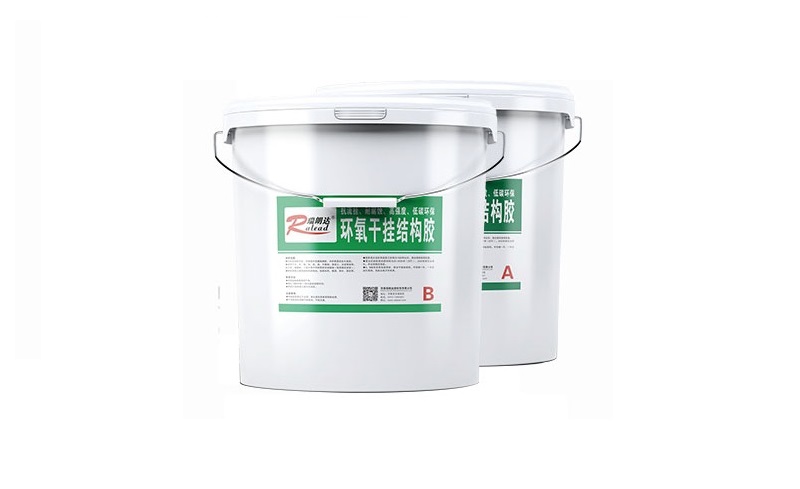
The construction technology of building sealant
1. Pre-construction test
The building sealant should be tested for bonding performance and compatibility before construction to avoid discovery after construction. Due to tapping, rework and other work, the construction period is delayed, resulting in waste of materials and labor. Among them, the bonding performance test is to check whether the silicone adhesive used and the substrate can form a good bond; the compatibility test is to check whether the materials used in the construction will have adverse effects on the sealant and affect its life.
2. Construction process
Joint preparation → cleaning of the base surface to be adhered → (if necessary, apply primer) → glue injection bonding → trim the glue injection surface, remove the protective tape → curing and curing (3~5d in summer, 5~7d in winter) .
3. Frequently Asked Questions
(1) Does not bond with the substrate
The main reasons are that the adhesion test was not carried out before construction, the curing temperature was too low, and the relative humidity was too high. During construction, the curing temperature should be increased, the curing time should be extended, the substrate should be surface treated or the sealant should be replaced.
(2) Slow curing speed
The main reasons are low ambient temperature, low humidity, too narrow and too deep glue seams, expired sealant, etc. During construction, the curing temperature and humidity should be increased, the glue should be applied twice or double-sided, and the sealant should be replaced.
(3) Generate bubbles
The main reason is that the air is wrapped in the glue, the moisture penetrates the glue seam, and the substrate reacts with some sealants. During construction, the glue should be injected evenly, continuously, and the interface should be filled, and the interface and accessory materials should be dry.
(4) Drumming
The main reasons are that the large plate size and the large expansion coefficient lead to joint deformation, the plate temperature difference between day and night is large, and the ambient humidity is low. During construction, a sealant with a relatively fast curing speed should be selected, and appropriate shading measures should be taken to reduce the panel temperature.
(5) Cracks and leaks
The main reason is that the seam is too narrow, the sealing is not in place, the displacement ability of the sealant is insufficient, and the thickness of the glue is too thin. During construction, the joints should be designed according to the requirements of the specification, the sealant with good displacement capacity should be selected, and the construction should be carried out according to the operating specifications to ensure the thickness of the sealant and avoid three-side bonding.
4. Precautions
(1) Thoroughly remove all loose particles and dust to ensure that the construction surface is clean, dry, and free from grease and surface contamination such as mold release agents, curing films, and hydrophobic agents.
(2) Construction should be carried out in a clean environment with a temperature of 4~40℃ and a relative humidity of 40%~80%, and the construction should be stopped in rainy and snowy weather.
(3) In order to prevent the sealant from being damaged when the seam expands, the seam should be stuffed with a suitable backing material, and the width of the backing material should be greater than 25% of the width of the seam to control the thickness of the sealant.
(4) An oblique opening should be cut at the outer mouth of the sealing paste tank, and then a squeezing gun should be installed to squeeze the sealing paste into the pressure surface of the joint, and the thickness and width of the sealing paste should be uniform and meet the sealing requirements.
(5) When used as an adhesive, it should be sealed with a spot or bead surface, and after the sealing is completed, a 20% detergent aqueous solution should be used to smooth the joint surface.
(6) After the construction is completed, the construction site should be inspected randomly to ensure that it is well bonded and has no adverse reactions.
The selection of building sealant
How to choose sealant is the key, and the application of building seal is mainly based on its performance characteristics.
1. Concrete bonding
Most of the PC boards used on the market are concrete boards, so the building sealant should have good adhesion to concrete. Due to the characteristics of concrete itself, ordinary sealants are not easy to bond on its surface. When choosing a building sealant, it should be considered that concrete is an alkaline porous material, and whether the release agent used in demoulding remains on the surface of the PC board.
2. Seam displacement
When choosing a sealant, its mechanical properties are also very important. The displacement of the seam should be considered in the design, and the width of the seam should be determined, so that the deformation of the sealant is within the maximum allowable range. For 10~35mm concrete joints, the sealant is generally required to have good displacement ability and elastic recovery rate, so that it can adapt to the joint displacement.
3. Weather resistance
The weather resistance of the building sealant will affect its service life, and due to the specific molecular structure of the silicone sealant, it is not enough to destroy its structure even under the highest energy ultraviolet radiation, which ensures that the silicone sealant has good UV resistance. , so that it has obvious advantages in weather resistance.

The construction technology of building sealant
1. Pre-construction test
The building sealant should be tested for bonding performance and compatibility before construction to avoid discovery after construction. Due to tapping, rework and other work, the construction period is delayed, resulting in waste of materials and labor. Among them, the bonding performance test is to check whether the silicone adhesive used and the substrate can form a good bond; the compatibility test is to check whether the materials used in the construction will have adverse effects on the sealant and affect its life.
2. Construction process
Joint preparation → cleaning of the base surface to be adhered → (if necessary, apply primer) → glue injection bonding → trim the glue injection surface, remove the protective tape → curing and curing (3~5d in summer, 5~7d in winter) .
3. Frequently Asked Questions
(1) Does not bond with the substrate
The main reasons are that the adhesion test was not carried out before construction, the curing temperature was too low, and the relative humidity was too high. During construction, the curing temperature should be increased, the curing time should be extended, the substrate should be surface treated or the sealant should be replaced.
(2) Slow curing speed
The main reasons are low ambient temperature, low humidity, too narrow and too deep glue seams, expired sealant, etc. During construction, the curing temperature and humidity should be increased, the glue should be applied twice or double-sided, and the sealant should be replaced.
(3) Generate bubbles
The main reason is that the air is wrapped in the glue, the moisture penetrates the glue seam, and the substrate reacts with some sealants. During construction, the glue should be injected evenly, continuously, and the interface should be filled, and the interface and accessory materials should be dry.
(4) Drumming
The main reasons are that the large plate size and the large expansion coefficient lead to joint deformation, the plate temperature difference between day and night is large, and the ambient humidity is low. During construction, a sealant with a relatively fast curing speed should be selected, and appropriate shading measures should be taken to reduce the panel temperature.
(5) Cracks and leaks
The main reason is that the seam is too narrow, the sealing is not in place, the displacement ability of the sealant is insufficient, and the thickness of the glue is too thin. During construction, the joints should be designed according to the requirements of the specification, the sealant with good displacement capacity should be selected, and the construction should be carried out according to the operating specifications to ensure the thickness of the sealant and avoid three-side bonding.
4. Precautions
(1) Thoroughly remove all loose particles and dust to ensure that the construction surface is clean, dry, and free from grease and surface contamination such as mold release agents, curing films, and hydrophobic agents.
(2) Construction should be carried out in a clean environment with a temperature of 4~40℃ and a relative humidity of 40%~80%, and the construction should be stopped in rainy and snowy weather.
(3) In order to prevent the sealant from being damaged when the seam expands, the seam should be stuffed with a suitable backing material, and the width of the backing material should be greater than 25% of the width of the seam to control the thickness of the sealant.
(4) An oblique opening should be cut at the outer mouth of the sealing paste tank, and then a squeezing gun should be installed to squeeze the sealing paste into the pressure surface of the joint, and the thickness and width of the sealing paste should be uniform and meet the sealing requirements.
(5) When used as an adhesive, it should be sealed with a spot or bead surface, and after the sealing is completed, a 20% detergent aqueous solution should be used to smooth the joint surface.
(6) After the construction is completed, the construction site should be inspected randomly to ensure that it is well bonded and has no adverse reactions.

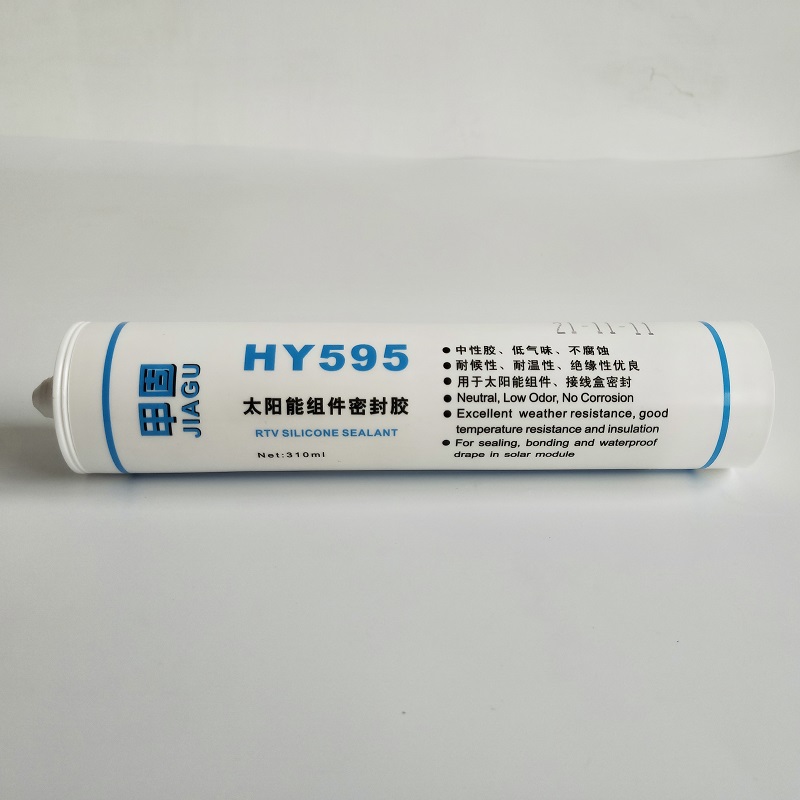
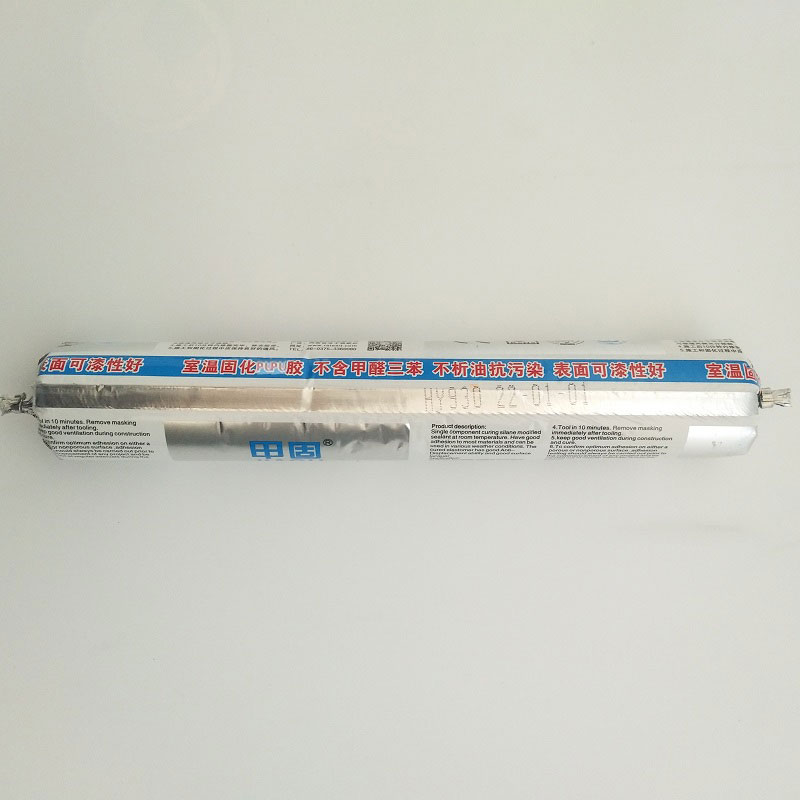
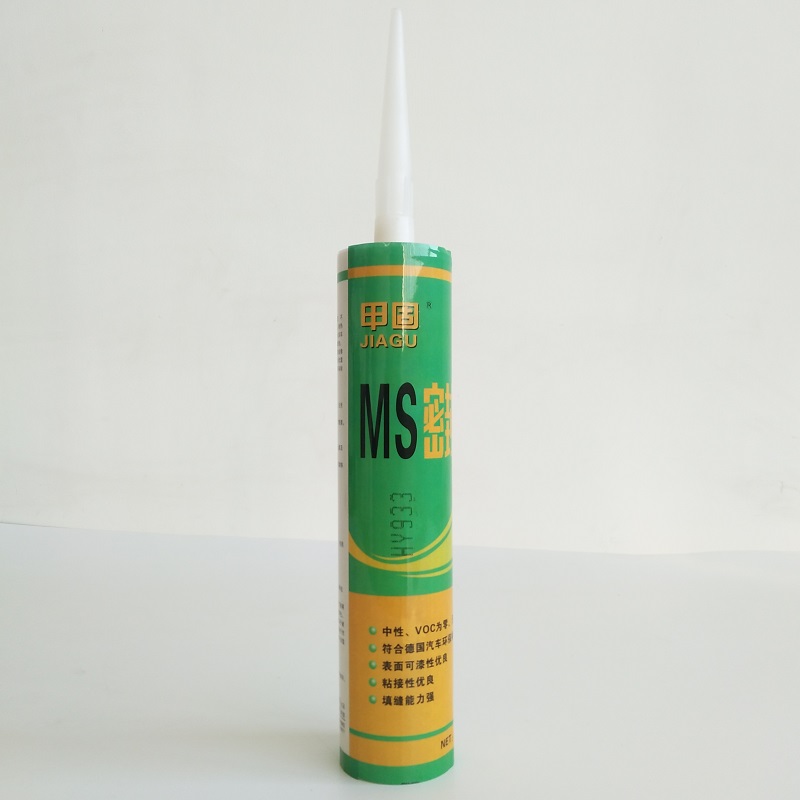
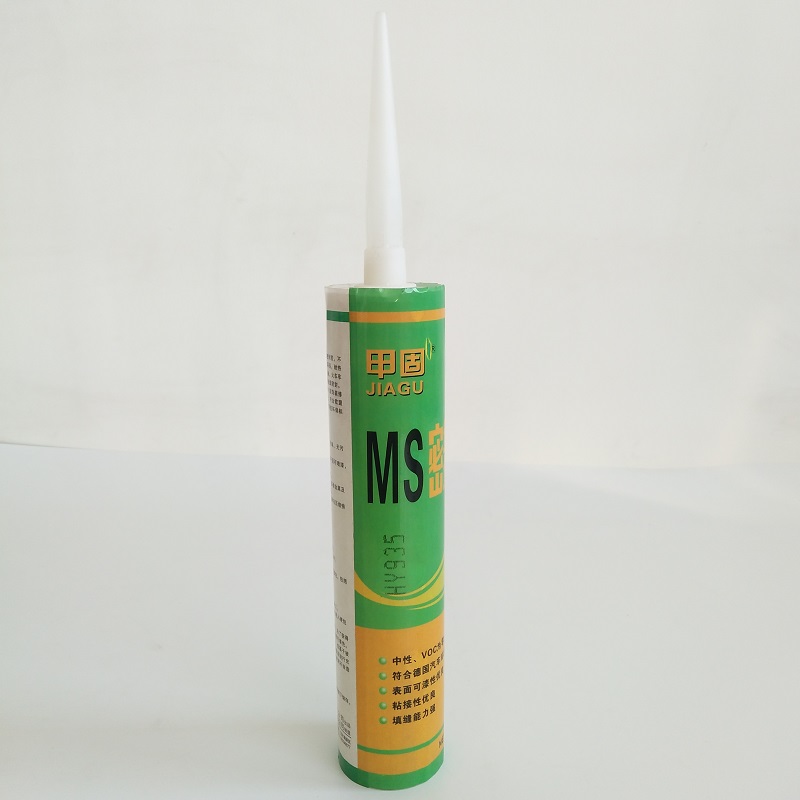
 Helen:+8615093235871
Helen:+8615093235871